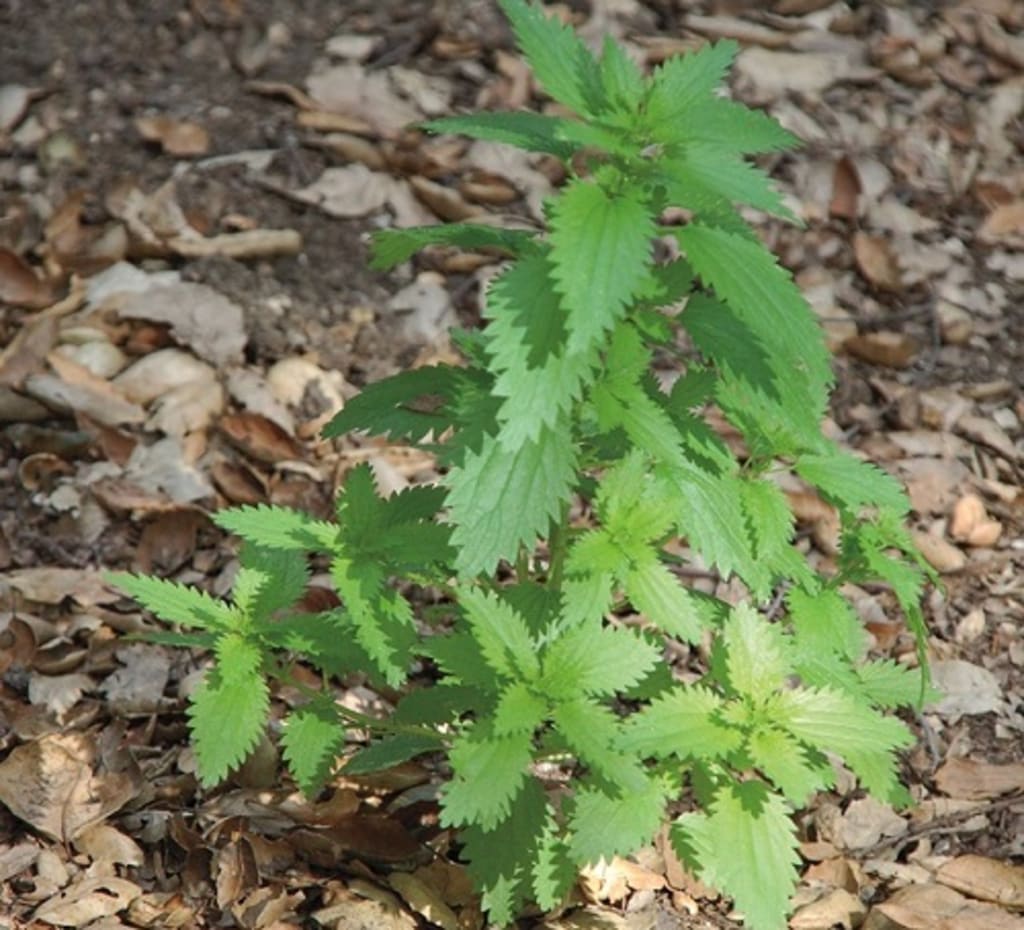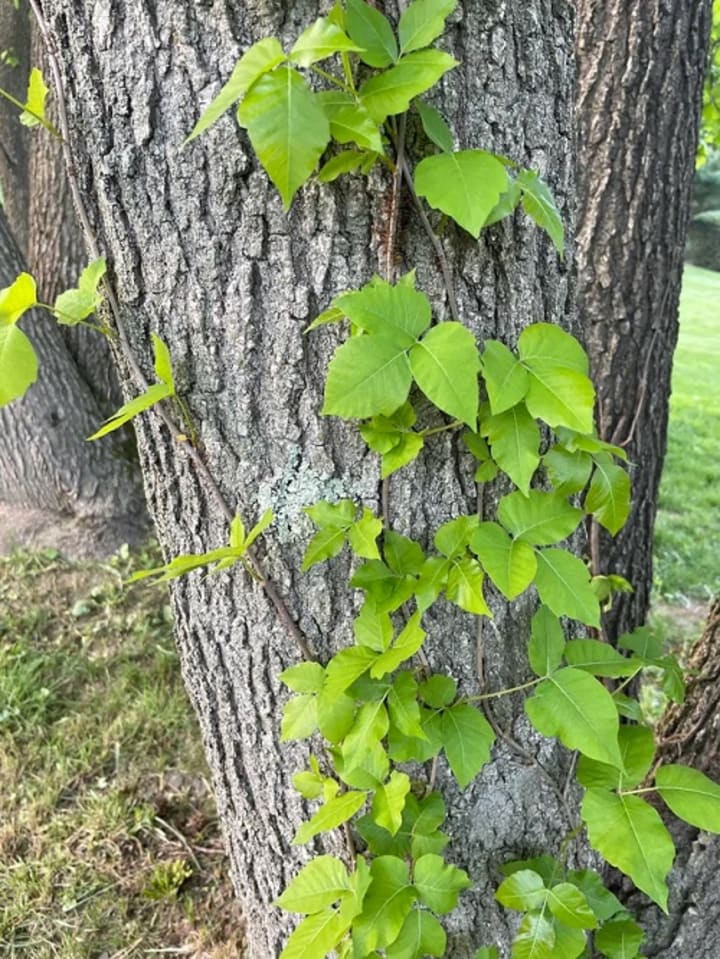Content warning
This story may contain sensitive material or discuss topics that some readers may find distressing. Reader discretion is advised. The views and opinions expressed in this story are those of the author and do not necessarily reflect the official policy or position of Vocal.
Plants That Can Make You Itch
Plants That Irritate Skin

Gardening offers multiple benefits, from stress relief to home aesthetics. However, not all plants are as benign as they seem. There are some Plants That Irritate Skin. Learn more about these botanical specimens below.
1. Stinging Nettle
Stinging Nettle: A Prickly, but Powerful Plant
Stinging nettle, scientifically known as Urtica dioica, is a seemingly unassuming plant that conceals a remarkable array of attributes beneath its seemingly unwelcoming exterior. Its name may evoke painful encounters, but stinging nettle holds a cherished place in the realms of herbal medicine, culinary arts, and even textile production.
Stinging nettle is a perennial herbaceous plant native to Europe, Asia, and North America, often found in temperate regions. Its most distinctive feature is its stinging hairs, which cover its leaves and stem. These hairs contain a variety of chemicals, including histamine and formic acid, which can cause irritation and a burning sensation when they come into contact with the skin. Despite this initial discomfort, stinging nettle has been used for centuries for its numerous health benefits.
One of its primary traditional uses is as a medicinal herb. The plant's leaves and roots are rich in essential nutrients like vitamins A and C, as well as minerals like iron and potassium. It is known for its potential anti-inflammatory properties and has been used to alleviate symptoms of conditions such as arthritis and allergies. Nettle tea, made from the dried leaves, is a popular remedy for its purported ability to reduce pain and inflammation.
Furthermore, stinging nettle has found a place in the culinary world. When cooked or dried, the stinging hairs lose their irritating properties, and the plant's leaves can be consumed in various dishes. They are known for their nutty, spinach-like flavor and are used in soups, stews, and as a filling for pastries. Nettle pesto is a delicacy that showcases its unique taste.
Beyond medicine and cuisine, stinging nettle has historical importance in the textile industry. The plant's fibers have been used to create a fabric similar to linen. Nettle fabric was especially valuable during times of scarcity or wartime, as it provided a sustainable alternative to traditional textiles.
In conclusion, stinging nettle, despite its initial sting, is a versatile and valuable plant with a rich history of human use. From herbal medicine to culinary delights and even textile production, this unassuming herb has proven itself to be both a prickly and powerful addition to our natural world, showcasing the intricate relationship between plants and human ingenuity.

2. Poison Ivy
Poison Ivy: Nature's Toxic Beauty
Poison ivy, known scientifically as Toxicodendron radicans is a notorious plant that is synonymous with itching, discomfort, and rashes for many people. However, beyond its troublesome reputation, poison ivy holds a unique place in the natural world, both for its ecological role and its intriguing chemical properties.
This native North American plant is often found in woodlands, along riverbanks, and in other natural settings. Its most distinctive feature is its compound leaves, which consist of three leaflets, resembling the fingers of a hand. The old adage "Leaves of three, let them be" serves as a warning to hikers and nature enthusiasts to steer clear of this noxious plant.
The notoriety of poison ivy stems from its ability to produce a potent allergenic substance called urushiol. Contact with urushiol, whether by touching the plant, its leaves, or any surface contaminated with it, can trigger an itchy and blistering rash in sensitive individuals. This allergic reaction can be severe and is a common affliction for those who unknowingly encounter the plant while hiking or gardening.
However, poison ivy is not entirely malevolent. Ecologically, it plays a crucial role in providing food and habitat for wildlife. Birds, in particular, consume its white berries, which contain no urushiol and serve as an important food source during the winter months. Moreover, the leaves and stems of poison ivy can contribute to soil stability and erosion control.
Interestingly, poison ivy has also inspired scientific research. The study of urushiol has led to a deeper understanding of allergic reactions and immune responses, with potential applications in fields like dermatology and immunology.
In conclusion, while poison ivy may elicit fear and discomfort due to its ability to cause skin irritation, it is an integral part of our natural ecosystems. Its role in providing sustenance for wildlife and its contribution to scientific knowledge showcase the complexity of nature, reminding us that even the most troublesome plants have their place in the grand tapestry of the natural world.
About the Creator
Enjoyed the story? Support the Creator.
Subscribe for free to receive all their stories in your feed. You could also pledge your support or give them a one-off tip, letting them know you appreciate their work.





Comments
There are no comments for this story
Be the first to respond and start the conversation.